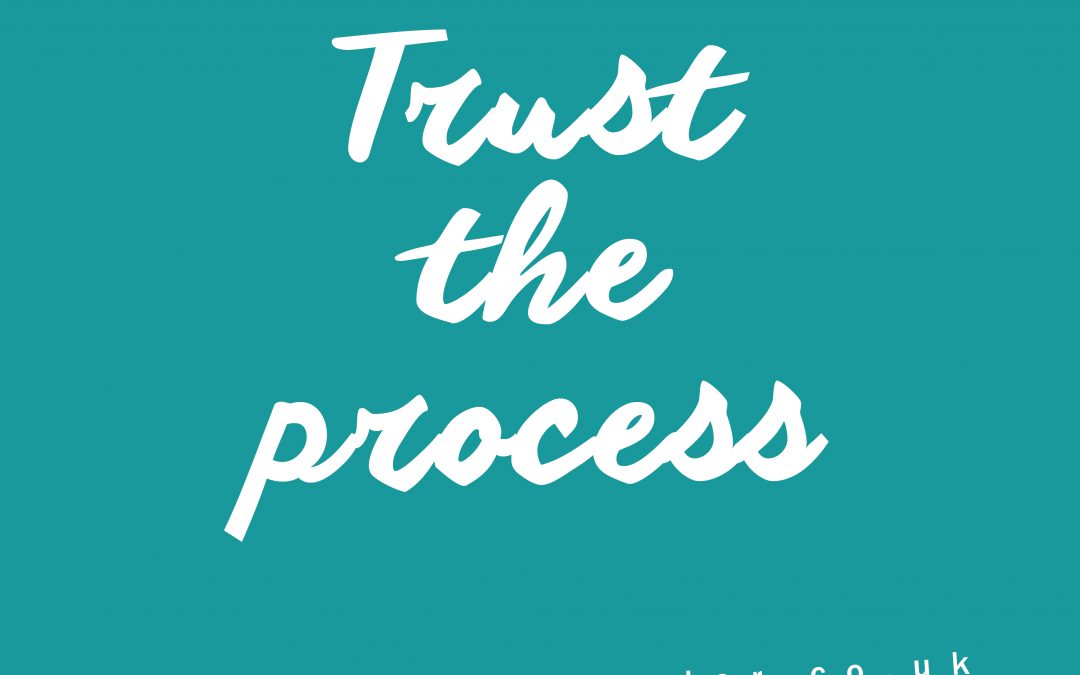Talking about Anxiety – the feelings, the emotions, how it makes us behave and the actions it controls – is a huge step towards understanding, and challenging the power of Anxiety.
So lets talk about it – when the time is right, reflection is good for understanding what happened during anxiety. Some of the Coaching model I have created for conquering mental health includes guidance and exercises which empower you to do just that.
Emotions
Emotions are multi layered. Some we are consciously aware of, others are unconscious and need to be identified before we can process them.
Emotions are triggered by any and every situation – going to a new place, learning to a daunting new skill, meeting people or being in crowds, etc. These emotions can be positive or negative, insignificant or significant. Whether positive or negative, some emotions have a bigger impact than others. We are more inclined to collect negative emotions and they stay trapped in our emotional vessel – unless expressed in a healthy manner.
Both depression and anxiety magnify the negative emotions and make them feel all encompassing – leaving you feeling stuck, with no way out.
Thoughts
During stressful periods, periods of intense worry, anxiety and or depression – your thoughts become extremely negative and irrational often catastrophising situations in your mind. With blame, self blame and self destruct often front and centre, this can easily become a pattern, as we are socialised to self punish for mistakes, failures and not meeting the expectations of others from a very young age.
While blame or self blame may feel ‘right’ at the time, it rarely leaves you feeling good long term. It destroys any foundation to make change. As you hide behind ‘reasons’ – often ones that are felt to be out of your control – therefore you do not need to take action.
But no action means no change. Accountability is key to taking back control of these negative thoughts. Recognising the thoughts and disrupting them, while making new choice about how you think, is very empowering.
Behaviour
Whilst living with depression and anxiety, you learn to hold the lid on your emotions. By attempting to control what happens in your life, you can feel as if you are coping well. However, life throws things up. These threaten to take away your control and spill all your emotions out. It makes you feel unsafe, and your behaviour is used to take back control.
Behaviour forms part of the way we communicate. When anxiety and depression are present, our communication is compromised. Behaviour becomes irrational, defensive, distrustful, cautious, protective and sometimes aggressive.
Choices
How to begin to understand and disrupt the patterns –You may or may not already know what triggers you are susceptible to. If you are unclear, they will be revealed as you start to understand the process. You may want to begin by identifying the behaviours. These are more visible and recognisable to you as they are external. You can even asked a trusted loved one / friend what behaviours they see.
Once you know the behaviours, you can begin to identify the thoughts that come from the emotions.
The aim is to challenge and change them, but this usually happens after the emotions are identified. Once you are regularly recognising the thoughts, you can begin to identify the emotion(s). Just by becoming aware you are disrupting the pattern.
When you can do this regularly, you are ready to start challenging and changing your thoughts and your behaviours.
By recognising the emotions triggered early in the process, you can choose different thoughts. If you get to the ‘thoughts’ process before you realise, you can choose different behaviours. Please don’t forget this is a process of learning and takes time, practice and patience.
Reflection is a great tool. After an anxiety or panic attack, or a particularly bad day, its beneficial to reflect what happened – this is how we learn.
